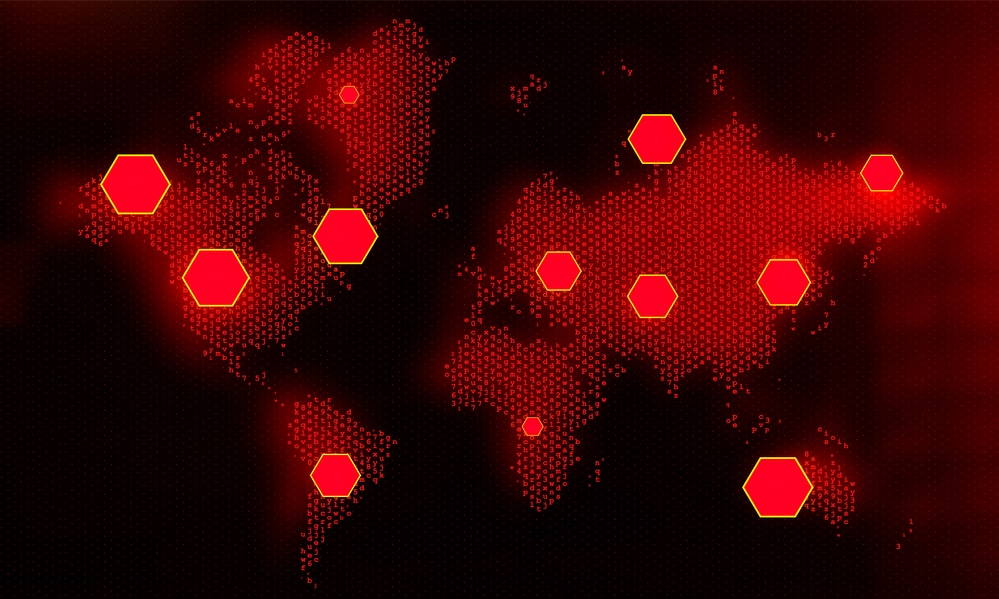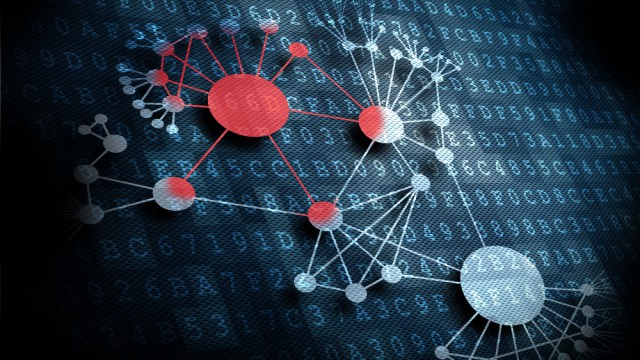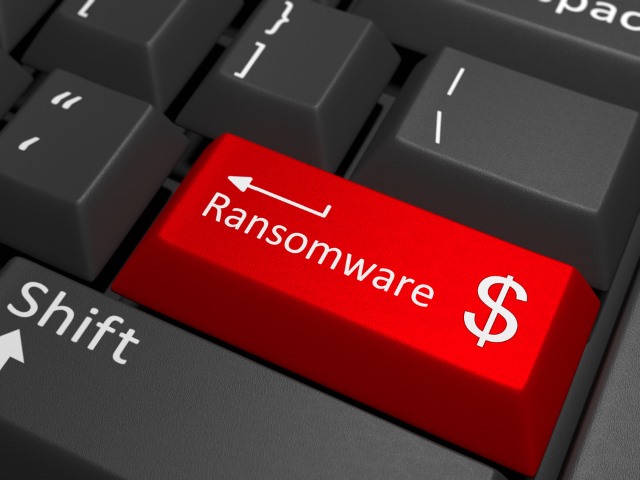
The countries where you're most likely to fall victim to cybercrime
Worried about becoming a victim of cybercrime? A new study from Surfshark reveals the places where your fears are most likely to be justifed, the countries where cybercrime density -- the number of attacks per million of population -- is highest.
The UK tops the list with 3,409 victims per million internet users, almost twice as many as the US (1,724 per million). The number of victims in the UK also grew by 130 percent compared to 2019, which is the second-highest year-on-year growth worldwide after South Africa which faced the sharpest rise of 277 percent.

Over a quarter of businesses have critical vulnerabilities that could be exploited
Over a quarter of businesses (28 percent) have critical vulnerabilities that could easily be exploited by cyberattack.
But even when these vulnerabilities are flagged by penetration testing, they are still being left unaddressed.

Cybercriminals move fast to exploit zero day flaws
The final quarter of 2021 saw a 356 percent growth in the number of attacks where the infection vectors were CVE or zero day vulnerabilities compared to Q3.
The latest Threat Landscape report from Kroll shows CVE/zero day exploitation accounted for 26.9 percent of initial access cases over the period, indicating that attackers are becoming more adept at exploiting vulnerabilities, in some cases leveraging them on the same day that the proof-of-concept exploit appears.

New adversaries add to already crowded threat landscape
The 2021 threat landscape has become more crowded as new adversaries emerge according to the 2022 Global Threat Report released today by CrowdStrike.
CrowdStrike Intelligence is now tracking more than 170 adversaries in total with 21 added last year. Financially motivated eCrime activity continues to dominate with intrusions attributed to eCrime accounting for 49 percent of all observed activity.

Insurance businesses targeted for customer details
Insurance companies exist to offer protection but they're increasingly having to protect themselves against a range of cyberattacks.
A new report from IntSights looks at the threats faced by insurance businesses and why they’ve become a particular problem in recent times.

The big three threat actors behind financial services attacks
The financial services industry is a prime target for cybercriminals due to the vast sums of money managed but also the quantity and quality of sensitive information that is collected by these institutions.
A new industry report by Blueliv uses threat intelligence gathered by the company’s Threat Compass to assess the evolving threat landscape surrounding the financial services sector.

Complying with the DoJ's Civil Cyber-Fraud Initiative
Under the Department of Justice’s (DoJ) new Civil Cyber-Fraud Initiative, government contractors will be under enhanced accountability for implementing cybersecurity measures and reporting breaches and incidents. The DoJ’s unveiling of the initiative comes in response to criticism of current department security protocols, which have often wavered across the board and permitted cybersecurity-related fraud through a lack of enforcement.
The Civil Cyber-Fraud Initiative will both focus on standardizing cybersecurity procedures for government contractors to follow and curbing cybersecurity-related fraud where companies fail to report cyber incidents.

Crypto fraud, ransomware-as-a-service and deepfakes -- cybercrime predictions for 2022
Cybercrime has increasingly become a feature of the modern world and its perpetrators are getting ever more professional.
But what can we expect to see next year in terms of the types of attack and how they're delivered? Here's what the experts think.

Cybercriminals can penetrate 93 percent of company networks
In 93 percent of cases, an external attacker can breach an organization's network perimeter and gain access to local network resources.
This is among the findings of a new study of pentesting projects from Positive Technologies, conducted among financial organizations, fuel and energy organizations, government bodies, industrial businesses, IT companies and other sectors.

Ransomware doesn't take weekends off
Ransomware is being targeted at organizations seven days a week, leaving no time for enterprises to shore up their security operations, according to a new report.
Analysis of publicly reported ransomware events by RiskRecon looks at the dates on which ransomware activated to encrypt systems, a metric that which was disclosed in 473 of the 654 events examined.

The evolution of rootkits and why they're here to stay
Rootkits, those sneaky bits of software that lurk deep inside a system in order to give access to hackers, have been around since the late 1980s.
A new study from Positive Technologies takes a close look at how they have evolved in recent years and just how much of a threat they present.

Holiday shopping season set to be disrupted by cybercrime
A new report from Imperva suggests that the 2021 holiday shopping season faces disruption by cybercriminals looking to create chaos and take advantage of the global supply chain crisis.
Bot attacks against retail sites have risen by 13 percent in 2021, with 57 percent of attacks recorded on eCommerce websites this year carried out by bots. In comparison, bad bots made up just 33 percent of the total attacks on websites in all other industries in 2021.

Poor identity management makes it easier for cybercriminals to launch attacks
New research from identity security specialist One Identity shows that 95 percent of companies report challenges managing identities.
In addition 84 percent say that the number of identities they're managing has more than doubled, which means they have too many identities and credentials to keep track of, leaving holes within their network, evidenced by only 12 percent of security professionals being fully confident they can prevent a credential-based attack.

Protecting the global supply chain: A shared responsibility
Supply chain attacks have dominated news headlines in 2021. From SolarWinds to JBS Foods, cybercriminals are actively targeting national and international supply chains, causing widespread disruption and financial impact. Attackers understand that organizations have less control over and visibility into the security controls of a supply chain -- controls that are typically limited to legal contracts rather than true and comprehensive security policies and procedures. Common cyber supply chain risks and threats include third-party access to IT systems and weak cybersecurity practices of smaller suppliers.
Now more than ever before, protecting every part of the supply chain must be a top priority for both public and private sector organizations globally. To do this effectively, it is important to remember that securing any supply chain cannot be successfully achieved through the work of only an IT department or team. While they do play a significant role, cyber supply chain risks touch upon many different areas. Therefore, a more comprehensive, shared responsibility approach is required.

80 percent of CISOs will consider paying a ransom to recover data
A new survey of more than 250 CISO reveals that more than half have been hit by ransomware in the past year, with 69 percent saying it is likely they'll be successfully attacked at least once in the next year.
Those who were successfully hit by ransomware are more inclined to pay up, with 65 percent actually doing so. However, full recovery of data occurred only 55 percent of the time. When asked about willingness to pay, 13 percent say they definitely would, but only 20 percent say they definitely wouldn’t.
